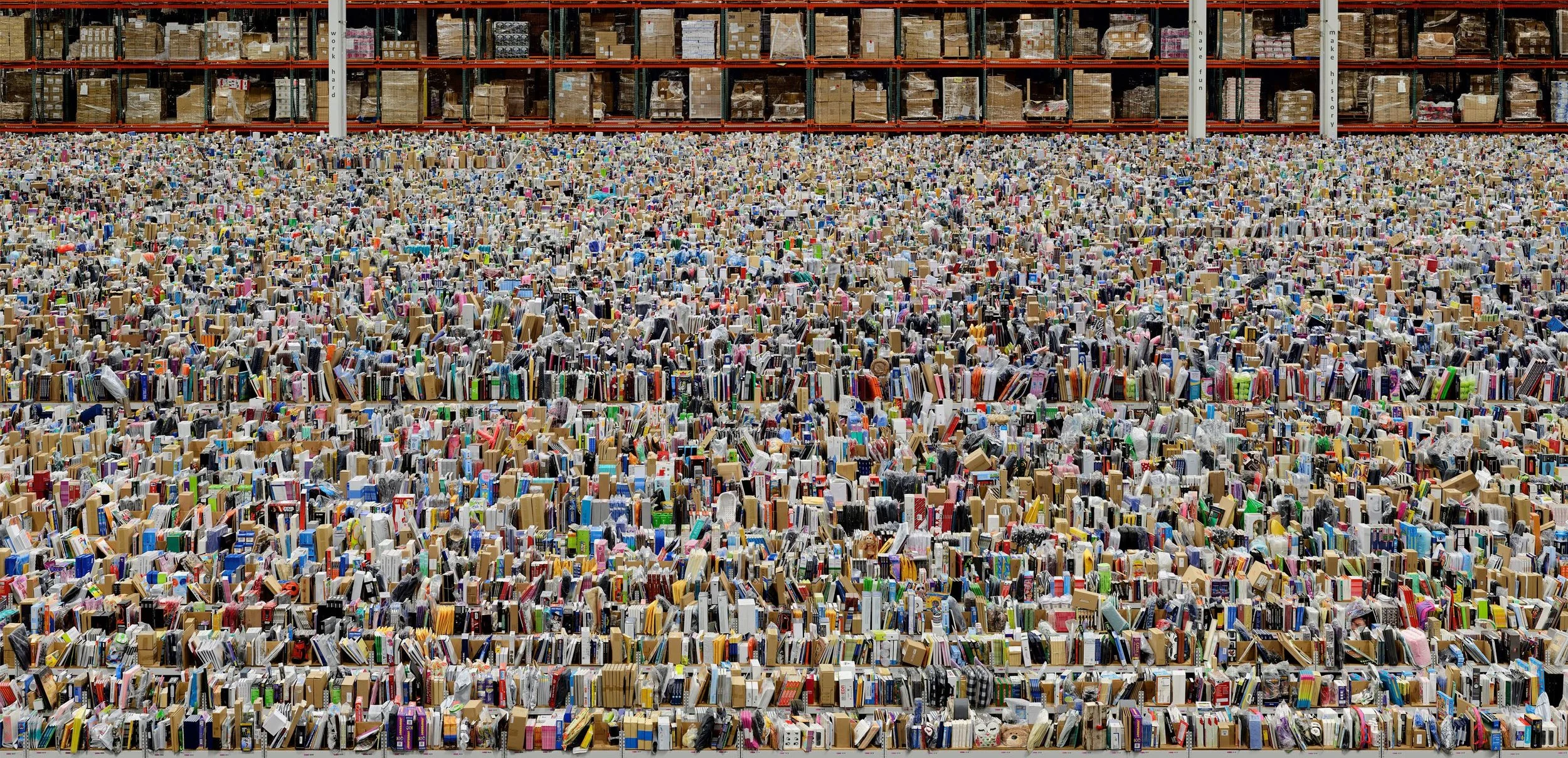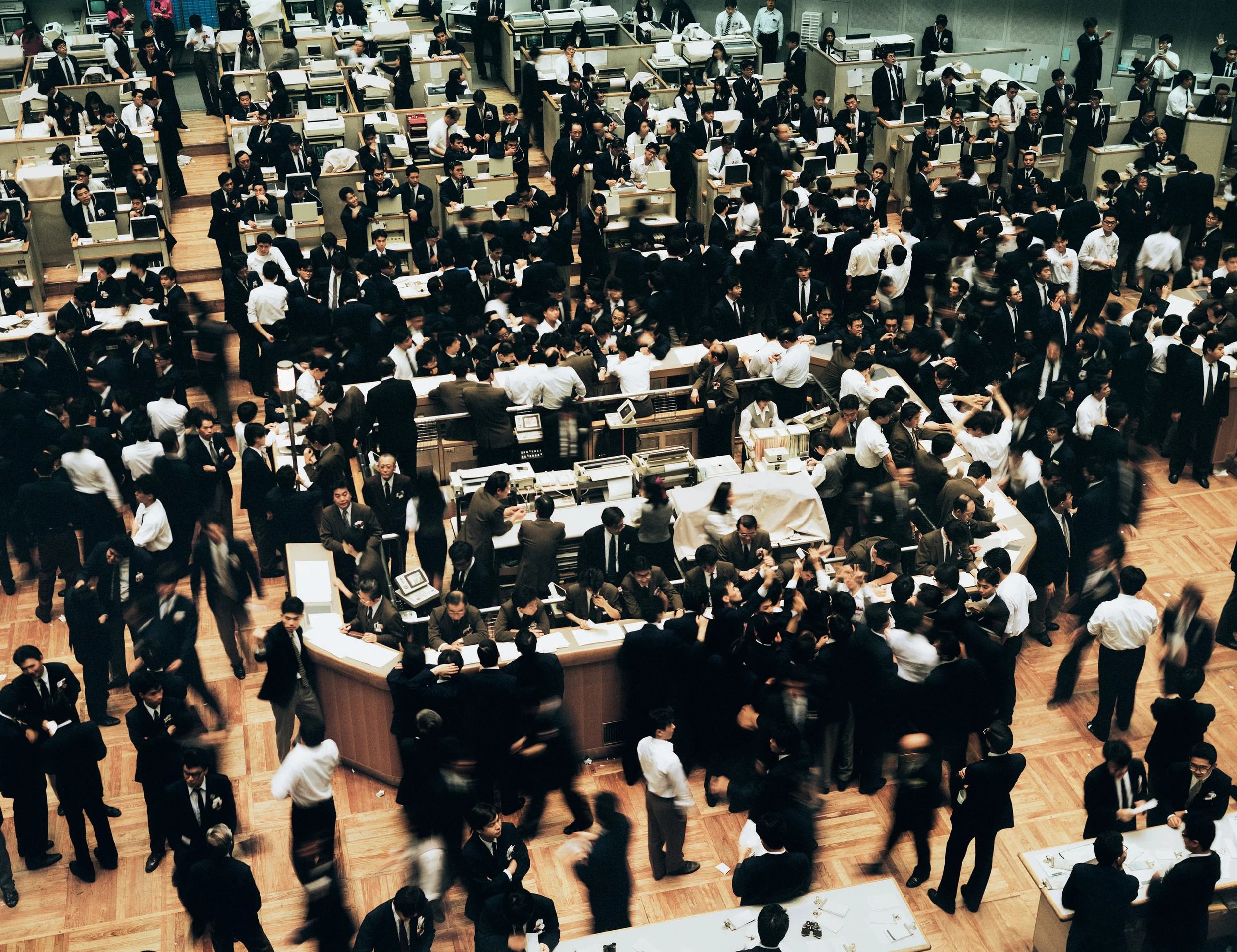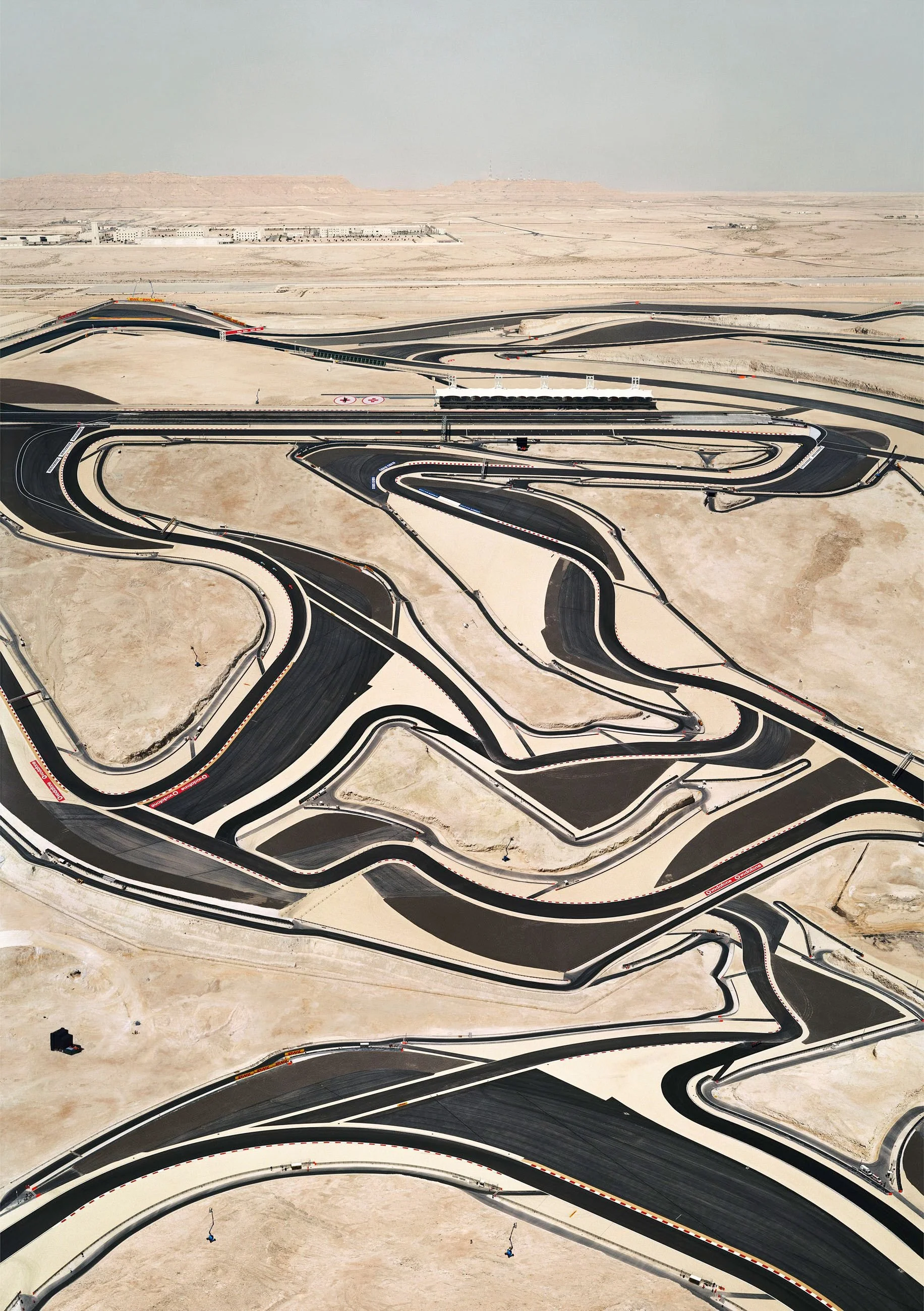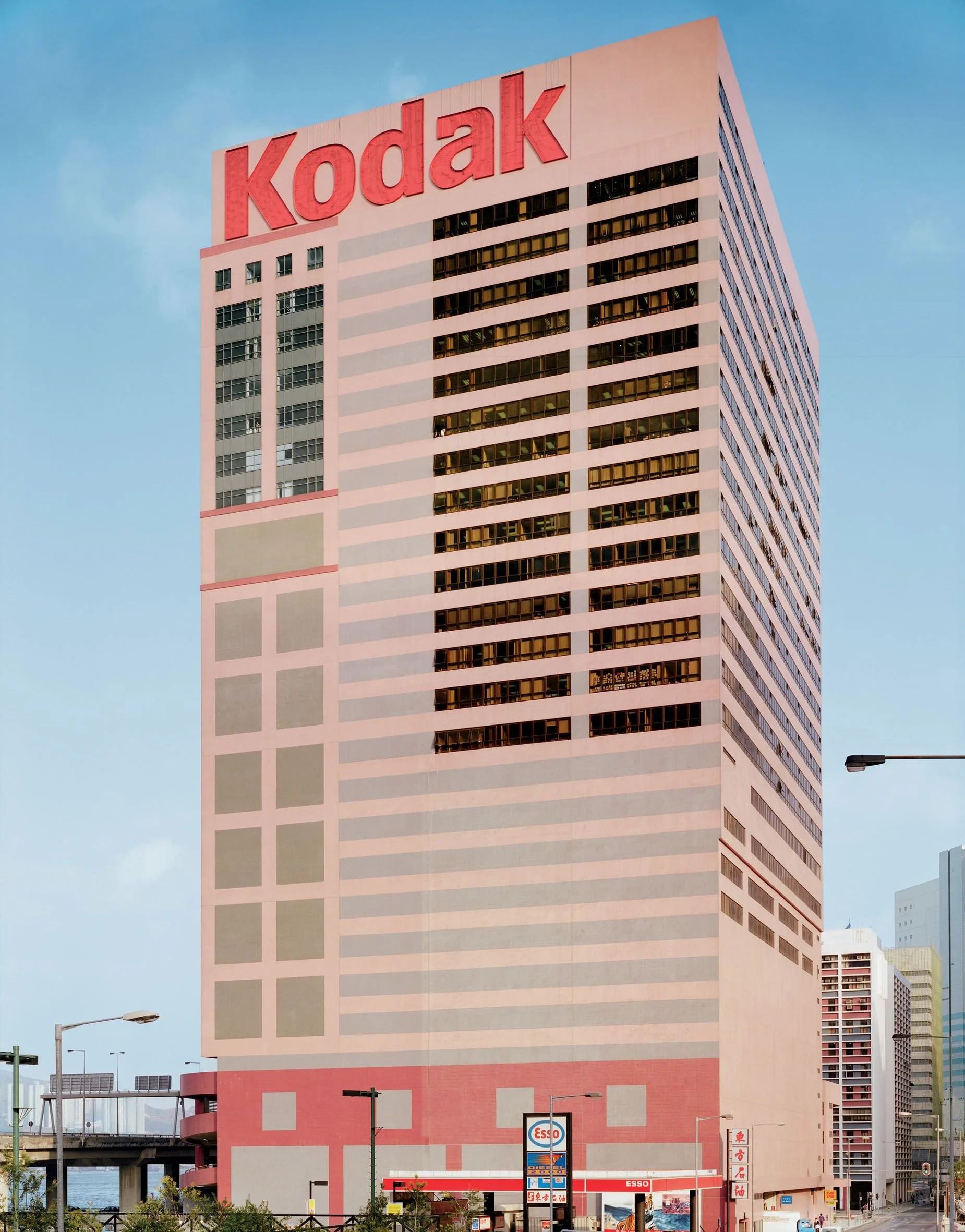Andreas Gursky | Visual Spaces of Today
Andreas Gursky,99 CentII,Diptychon,2001© ANDREAS GURSKY, by SIAE 2023Courtesy: Sprüth Magers
Written by: Simran Tuteja
No matter how big of a world we live in, various commonalities still exist across the nations of mankind; one of them being the clutches of chaos in our lives. Andreas Gursky’s Visual Spaces of Today is quintessential to the abovementioned statement. He uses photographs that he took across the globe dating from 1989 to reveal new views on work, the economy, and globalization. Curated by Urs Stahel and Andreas Gursky, the audience takes a step towards awareness with the exhibition showcased at the Fondazione MAST, Bologna, Italy, from May 25, 2023, to July 1, 2024.
Andreas Gursky,Amazon, 2016© ANDREAS GURSKY, by SIAE 2023Courtesy: Sprüth Magers
The artist chooses the passing of time to showcase the progression of transformation and its effects geographically and on the communities that reside in those geographies. When observed keenly, the photographs immerse the audience by letting the dramatic narrative take the lead. They reveal the characteristics of working in the post-industrial eras in the twentieth century and its aftermaths that still exist in some countries. Gursky’s vision is very strong, and the use of his art to deliver the message is even more vital. The artist captures the universal nature of industrialization and its effects and beholds the audience’s attention.
Andreas Gursky,Tokyo Stock Exchange,1990© ANDREAS GURSKY, by SIAE 2023Courtesy: Sprüth Magers
The exhibition consists of forty photographs, of which three of them named 99 Cent II, Diptychon, 2001, Amazon, 2016, and Salerno, 1990, show mass production as one of the chaotic repercussions of industrialization. Albeit they are colorful, the escalation of production amount in multitudes is disturbing. F1 Boxenstopp 1, 2007, Tokyo Stock Exchange, 1990, and V&R II, 2022 (2009) vividly show human participation and contribution to consumerism and capitalism. Some photographs that were taken instead recently tell the audience how aesthetics have also been inculcated in globalization and capitalism. In contrast, the older photographs remind the audience of the contrast between the past, the present, and what will become of the future.
Andreas Gursky,Bahrain I,2005© ANDREAS GURSKY, by SIAE 2023Courtesy: Sprüth Magers
Born in East Germany in 1955 and currently residing in Düsseldorf, Andreas Gursky is one of the greatest artists of our time. His work has been exhibited widely since the late 1980s, and since the 1990s, he has been known for large-scale photography. His photographs represent the contemporary world and have helped elevate the status of photography to an art form. One of the solo exhibitions has traveled from the Museum of Modern Art, New York, to the Museo Nacional Centro de Arte Reina Sofia, Madrid. The Centre Georges Pompidou, Paris, the Museum of Contemporary Art, Chicago, and the San Francisco Museum of Modern Art.
Andreas Gursky,Kodak, 1995© ANDREAS GURSKY, by SIAE 2023Courtesy: Sprüth Magers
Gursky’s first anthological exhibition in Italy coincides with the double anniversary: 100 years of the G.D. Company and 10 years of Fondazione MAST. G.D. company specializes in industrial solutions, whereas Fondazione MAST house advanced corporate welfare services and serves as a cultural hub open to the community to share and participate in cultural and artistic activities related to industry and work. The two companies are bonded by the words, ‘Making work a culture and culture a work.’ Andreas Gursky’s Visual Spaces of Today draws inspiration from the acronym MAST (Manifattura di Arti, Sperimentazione, Tecnologia (Arts, Experience, and Technology).












